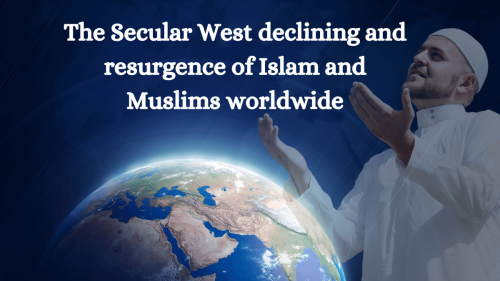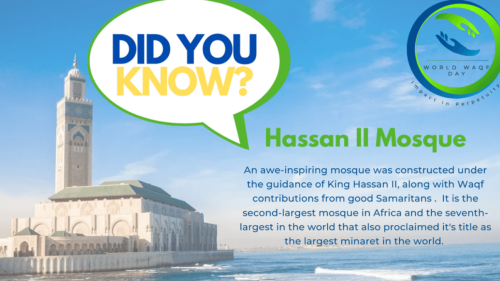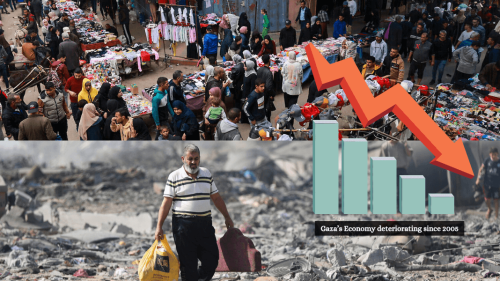Upgrading to Islamic finance 2.0

We are at an important crossroads in Islamic finance and banking, and I want to explore, in this column, the future of Islamic finance.
We hear about 1.5 billion Muslims, but has Islamic finance benefited the 'man on the street?' What is so 'Islamic' about Islamic finance?
Have we simply been putting an Islamic wrapper around conventional structures and products and placing a blessing them?
I've been in Islamic finance for more than a decade. This inaugural article will set the non-technical tone for the important areas I want to explore in the future, and I encourage the readers to comment as the Islamic finance community's collective psyche, experience and insight will benefit the industry.
We in Islamic finance want to see a group blueprint of the industry going forward, including the building of two-way bridges - be it with Southeast Asia or with Group of 20 (G20) countries.
Islamic finance is, at one level, for all those interested in "boring finance", asset or project backed/based financing and non-turbocharged investing (without derivatives and excessive leverage) in selected real economic sectors.
Islam does not necessarily have a monopoly on ethics because these are commonly shared values with other religions and philosophies. However, the former has 'codified,' via scholars, screens and structures into financial contracts having links to permissible real economic activities.
Sharia compliance
Among the 57 Organization of Islamic Conference (OIC) countries, not one Muslim country in the last 40 years has 'Islamised' its economy for general acceptance; not Sudan, Pakistan or Iran.
The $1 trillion (Dh3.67 trillion) industry operates in a world economy of inter-connected interest rates, debt and other similar factors, hence Sharia scholars have allowed a permissible amount of impurity as long as the industry moves towards removing such impermissibilities.
Put differently, scholars, as Sharia gatekeepers, are seeking progress and prosperity, which is different from modernization. Thus the reference rates in Islamic mortgages, syndicated loans, sukuks and other financing are the efficient cost of capital credit of the London interbank offered rate (Libor) and/or the Treasury.
However, where is the industry with a methodology for an Islamic interbank offer rate (Ibor)?
There are over 555 Islamic funds with $35 billion (Dh129 billion) of assets under management, and, if we focus on Islamic equity funds, the question that comes to mind is this: 'What is the link between a Sharia-screened company from any of the five index providers to Islamic finance or a Muslim country?'
The screening results in a universe that can be deemed as a style of investing - 'non-financial, low debt social-ethical investing.'
Thus, some of the Sharia-compliant companies include Microsoft, BP Amoco, Pfizer (with a bias towards energy, health care, and technology), yet what is their link or connection to Islamic finance?
Could such companies and, in the aggregate, present day Sharia-compliant Islamic indices, be deemed an economic indicator of Islamic finance in a Muslim country? We now need to look at Sharia-based Islamic indices.
IFIs and sukuks
We hear and read about 300 Islamic financial institutions (IFIs) in 75 countries, and the need for larger balance sheets to compete against the 'big boys' on the project finance deal table for instance, hence, a call for the consolidation or the creation of established Islamic mega-banks.
A concern with such an Islamic mega-bank revolves around whether it poses a systemic and confidence risk in the home country as concentrated exposure without many compliant-hedging mechanisms?
Is there a need to think about safety nets and stress tests before central banks allow for an Islamic mega-bank?
The sukuk market, roughly equated to Islamic bonds, is now worth over $107 billion, having been the locomotive of Islamic finance during the petro-liquidity spike.
However, recent bankruptcies, defaults, and restructuring exercises have been portrayed by western media as the beginning of the end of Islamic finance.
In an embryonic industry, like the 40-year-old Islamic finance, these growing pains are welcomed and will actually strengthen the industry, as precedents become known and downside risk is better understood.
Sukuk growth and development appear to be following the 'path' of the Eurobond market, and the International Finance Corporation (IFC) and General Electric (GE) sukuk issuances in late 2009 underline the merits of such financing in turbulence.
Contribution factor
We have a number of Islamic finance conferences and a number of Islamic finance awards.
It is often strange to see or read when different conference organizers or magazines have, for instance, a 'best Islamic bank' award, and each names a different bank.
It has been said in certain quarters that some of these awards are driven by sponsorships rather than actual votes or, ideally speaking, a real contribution to the industry.
At this stage in Islamic finance, awards should emphasize 'contribution' and not 'best,' as that latter implies mature and connected Islamic financial institutions globally.
The foremost contribution to Islamic finance has been made by His Highness Shaikh Mohammad Bin Rashid Al Maktoum, Vice-President and Prime Minister of the UAE and Ruler of Dubai, and Governor Zeti Akhthar Aziz, and, obviously, the real Sharia scholars, regulators like the United Kingdom's FSA, central banks like the Central bank of Bahrain, and conventional banks with windows and subsidiaries.
Shaikh Mohammad, a standalone stakeholder, raised the profile of Islamic finance globally via the Dubai brand before oil reached $140 a barrel, and Zeti, as a globe-trotting ambassador, made her a separate asset class in Islamic finance.
They have established the awareness and macro framework, and now the industry has to move towards Islamic finance 2.0.
Pulse of Islamic finance
One of the serious issues the markets are tackling is how to find an effective, overall pulse of Islamic finance. In most instances, numbers such as $1 trillion and the like are used to demonstrate the awesome potential of this industry.
However, how can we really gauge what's happening to the industry on a daily basis?
The path to Sharia-based Islamic finance is expected to have speed-bumps, pot-holes, diversion road signs, construction vehicles with signs such as 'do not follow', but let's raise the issues from Sharia-compliance to get to the destination of Sharia-based.
The writer is the global head of Islamic Finance & OIC Countries for Thomson Reuters. The views expressed in this column are his own and should not be attributed to his organization.
Topics: Economy, Islamic Finance, Islamic Law (Sharia)
Views: 4888
Related Suggestions

















